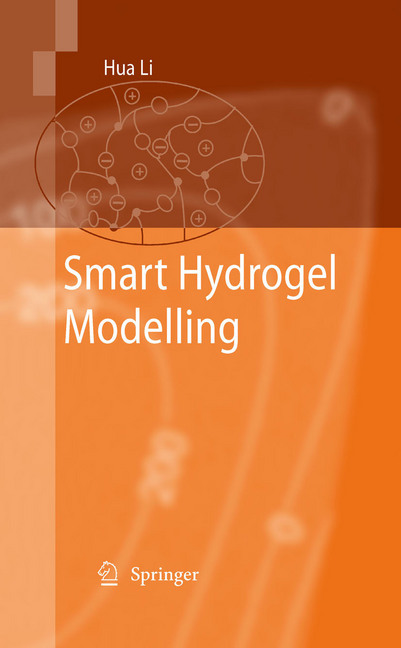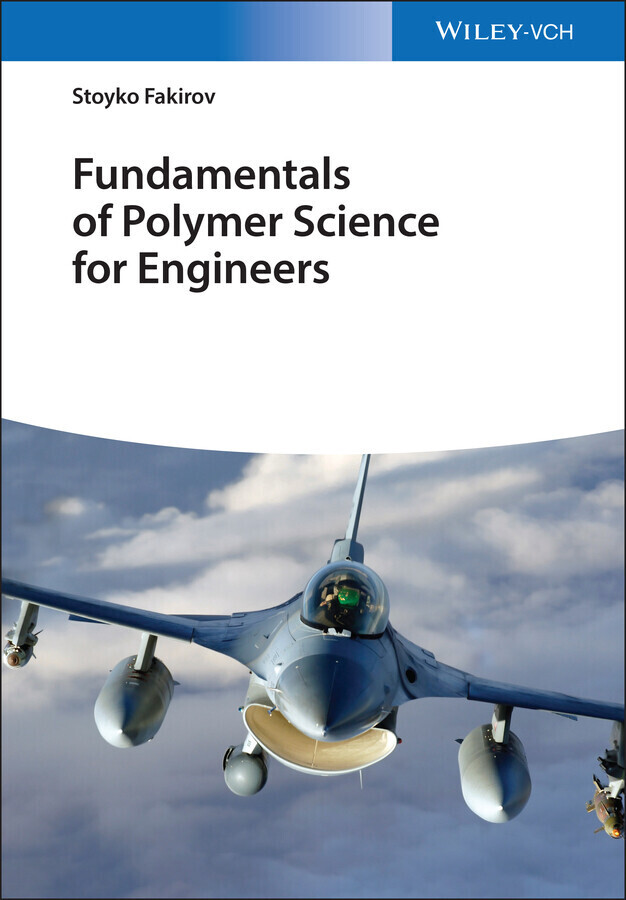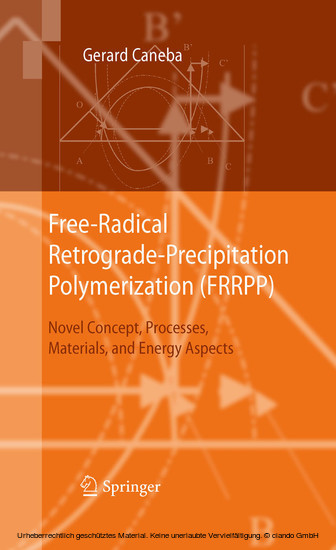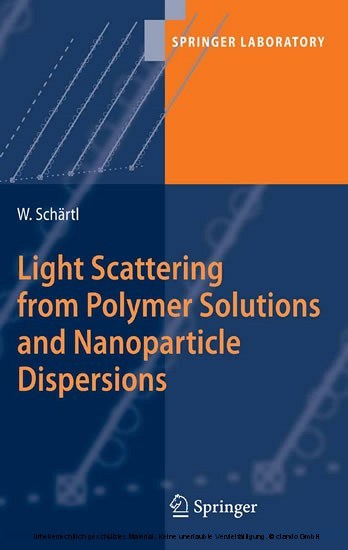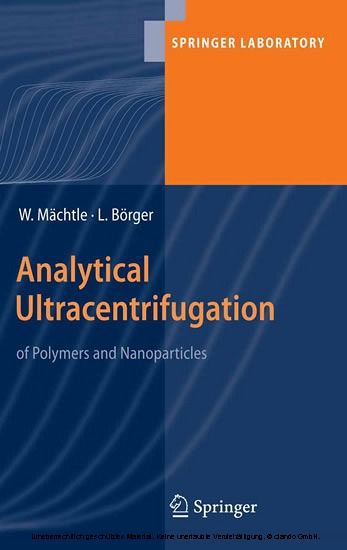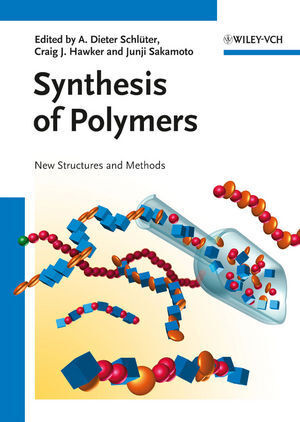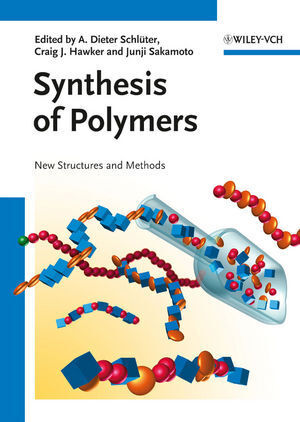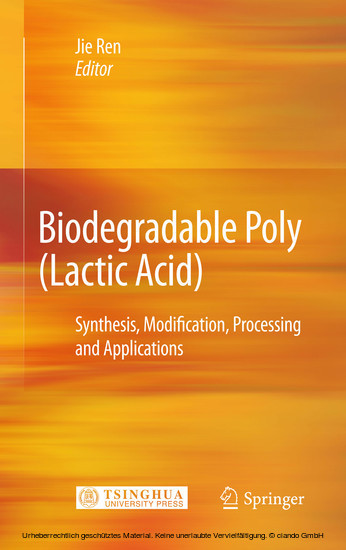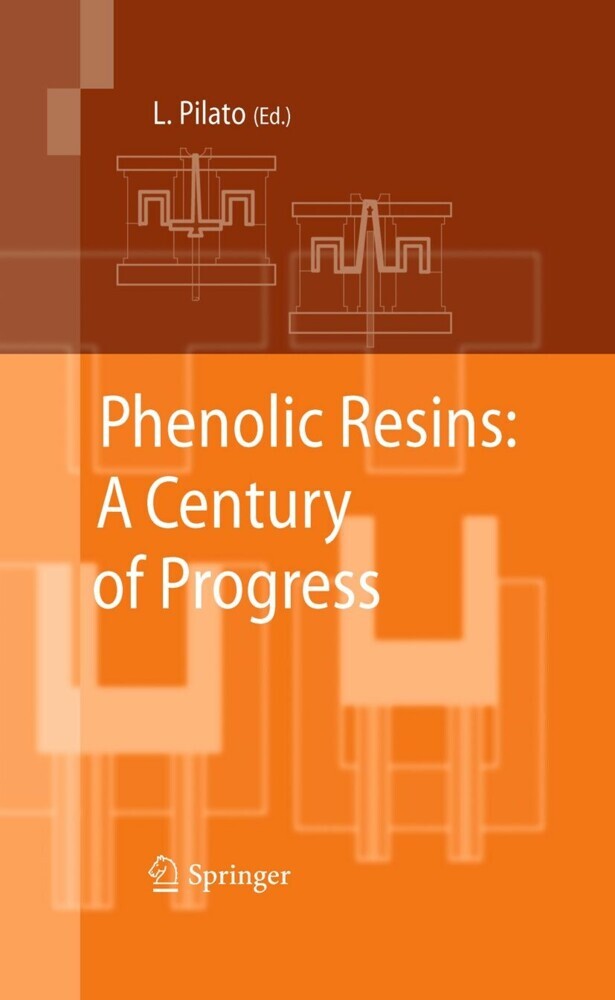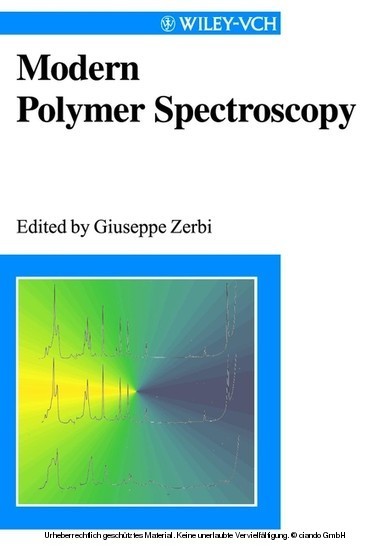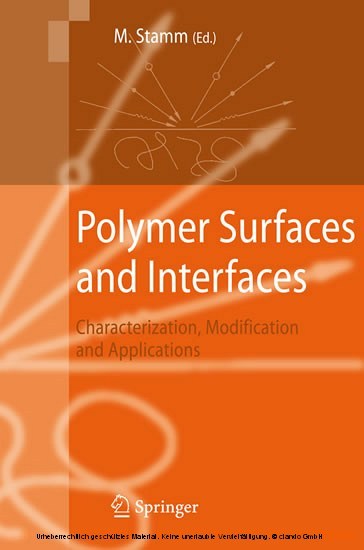Smart Hydrogel Modelling
This is the first monograph of its kind, where a comprehensive and systematic description of modeling and simulation of the smart polymer hydrogels in BioMEMS environment is provided. It will cover the development of the models in form of nonlinear coupled partial differential governing equations for the smart hydrogels. Further, benchmark results, for simulation and prediction of responsive behaviour of the smart hydrogels to solution pH, externally applied electric voltage, environmental temperature, glucose/carbohydrates and salt concentration/ionic strength that are basic stimuli in common BioMEMS devices, are also documented. Finally, it is written in as simple a manner as possible, such that it will make informative and easy reading for the expert, and concurrently it can serve as a rich reference source for a graduate student intending to work in this area.
1;Preface;5 2;Authors Brief Biography;8 3;Foreword;10 4;Contents;11 5;1 Introduction;14 5.1;1.1 Definition and Application of Hydrogel;14 5.2;1.2 Historical Development of Modelling Hydrogel;16 5.2.1;1.2.1 Steady-State Modelling for Equilibrium of Smart Hydrogels;17 5.2.1.1;1.2.1.1 Mathematical Models and Simulations;18 5.2.1.2;1.2.1.2 Key Parameters in Steady-State Modelling for Equilibrium of Hydrogels;33 5.2.2;1.2.2 Transient Modelling for Kinetics of Smart Hydrogels;42 5.2.2.1;1.2.2.1 Mathematical Models and Simulations;44 5.2.2.2;1.2.2.2 Key Parameters in Transient Modelling for Kinetics of Hydrogels;50 5.2.3;1.2.3 A Theoretical Formalism for Diffusion Coupled with Large Deformation of Hydrogel;56 5.2.4;1.2.4 Remarks;58 5.3;1.3 About This Monograph;58 5.4;References;60 6;2 Multi-Effect-Coupling pH-Stimulus (MECpH) Model for pH-Sensitive Hydrogel;69 6.1;2.1 Introduction;69 6.2;2.2 Development of the MECpH Model;69 6.2.1;2.2.1 Electrochemical Formulation;70 6.2.1.1;2.2.1.1 Ionic Flux;71 6.2.1.2;2.2.1.2 Electrical Potential;73 6.2.1.3;2.2.1.3 Fixed Charge Group;77 6.2.2;2.2.2 Mechanical Formulation;79 6.3;2.3 Computational Domain, Boundary Condition and Numerical Implementation;83 6.4;2.4 Model Validation with Experiment;88 6.5;2.5 Parameter Studies by Steady-State Simulation for Equilibrium of Hydrogel;90 6.5.1;2.5.1 Influence of Initially Fixed Charge Density of Hydrogel;93 6.5.2;2.5.2 Influence of Young's Modulus of Hydrogel;97 6.5.3;2.5.3 Influence of Initial Geometry of Hydrogel;103 6.5.4;2.5.4 Influence of Ionic Strength of Bath Solution;107 6.5.5;2.5.5 Influence of Multivalent Ionic Composition of Bath Solution;114 6.6;2.6 Remarks;120 6.7;References;123 7;3 Multi-Effect-Coupling Electric-Stimulus (MECe) Model for Electric-Sensitive Hydrogel;127 7.1;3.1 Introduction;127 7.2;3.2 Development of the MECe Model;127 7.2.1;3.2.1 Formulation of the MECe Governing Equations;128 7.2.2;3.2.2 Boundary and Initial Conditions;138 7.3;3.3 Steady-State Simulation for Equilibrium of Hydrogel;139 7.3.1;3.3.1 Numerical Implementation;139 7.3.2;3.3.2 Model Validation with Experiment;143 7.3.3;3.3.3 Parameter Studies;144 7.3.3.1;3.3.3.1 Influence of Externally Applied Electric Voltage;146 7.3.3.2;3.3.3.2 Influence of Initially Fixed Charge Density of Hydrogel;149 7.3.3.3;3.3.3.3 Influence of Concentration of Bath Solution;154 7.3.3.4;3.3.3.4 Influence of Ionic Valence of Bath Solution;156 7.4;3.4 Transient Simulation for Kinetics of Hydrogel;156 7.4.1;3.4.1 Numerical Implementation;159 7.4.2;3.4.2 Model Validation with Experiment;162 7.4.3;3.4.3 Parameter Studies;163 7.4.3.1;3.4.3.1 Variation of Ionic Concentration Distribution with Time;164 7.4.3.2;3.4.3.2 Variation of Electric Potential Distribution with Time;172 7.4.3.3;3.4.3.3 Variation of Hydrogel Displacement Distribution with Time;172 7.4.3.4;3.4.3.4 Variation of Hydrogel Average Curvature with Time;179 7.5;3.5 Remarks;182 7.6;References;183 8;4 Multi-Effect-Coupling pH-Electric-Stimuli (MECpHe) Model for Smart Hydrogel Responsive to pH-Electric Coupled Stimuli;185 8.1;4.1 Introduction;185 8.2;4.2 Development of the MECpHe Model;186 8.3;4.3 Numerical Implementation;192 8.4;4.4 Model Validation with Experiment;194 8.5;4.5 Parameter Studies by Steady-State Simulation for Equilibrium of Hydrogel;196 8.5.1;4.5.1 Influence of Solution pH Coupled with External Electric Voltage;196 8.5.2;4.5.2 Influence of Initially Fixed Charge Density of Hydrogel;203 8.5.3;4.5.3 Influence of Ionic Strength;211 8.5.4;4.5.4 Influence of Ionic Valence;221 8.6;4.6 Remarks;226 8.7;References;229 9;5 Multi-Effect-Coupling Thermal-Stimulus (MECtherm) Model for Temperature-Sensitive Hydrogel;231 9.1;5.1 Introduction;231 9.2;5.2 Development of the MECtherm Model;231 9.2.1;5.2.1 Free Energy;232 9.2.2;5.2.2 Poisson--Nernst--Planck Formulation;235 9.3;5.3 Numerical Implementation;235 9.4;5.4 Model Validation with Experiment;240 9.5;5.5 Parameter Studies by Steady-State Simulation for Thermo-Sensitive Ionized Hydrog
Li, Hua
| ISBN | 9783642023682 |
|---|---|
| Artikelnummer | 9783642023682 |
| Medientyp | E-Book - PDF |
| Auflage | 2. Aufl. |
| Copyrightjahr | 2010 |
| Verlag | Springer-Verlag |
| Umfang | 359 Seiten |
| Sprache | Englisch |
| Kopierschutz | Digitales Wasserzeichen |

